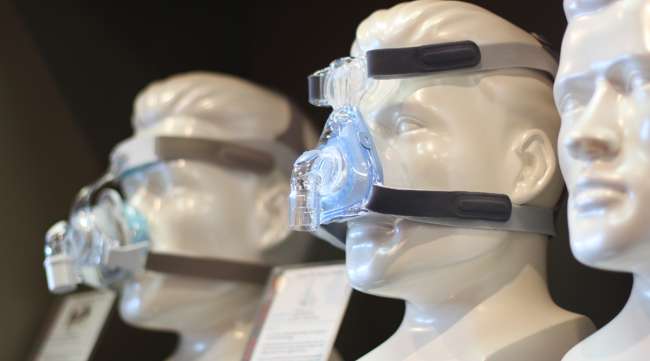Inaction on Sleep Apnea Draws Ire of NTSB

Just months after U.S. rail and highway regulators said they were withdrawing plans to screen truckers and engineers for a dangerous sleep disorder, accident investigators believe that it contributed to two New York-area transit crashes.
“It’s unacceptable to me,” Robert Sumwalt, chairman of the National Transportation Safety Board said Feb. 6 at a meeting on the accidents that occurred in 2016 and last year.
RELATED: Federal agency in design phase of long-term research on truck driver health
Both engineers failed to stop trains in stations, slamming into posts where the rail lines ended and flinging cars into where passengers were waiting to board. The incident in Hoboken, New Jersey, killed one woman and injured more than 100 people at a New Jersey Transit station. Another on Long Island Rail Road in Brooklyn injured more than 100.
Afterward, both engineers were diagnosed with severe obstructive sleep apnea. OSA causes people to repeatedly stop breathing during sleep, which interrupts rest and can cause daytime drowsiness and significantly heighten risks of accidents. It has been repeatedly linked to accidents and incidents in all modes of transportation, according to NTSB.
In 2016, the Federal Railroad Administration and the Federal Motor Carrier Safety Administration took the first step to require better screening for the disorder. However, last year, the agencies withdrew the measure, saying they would address the issue in other unspecified ways.
Sumwalt said he’s “extremely disturbed” by the regulators’ decision to halt efforts to better screen for the disorder.

